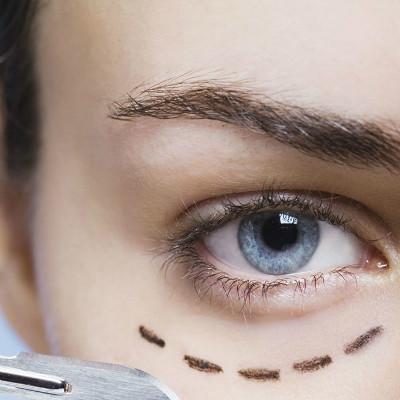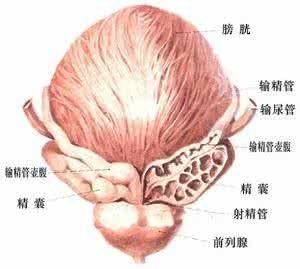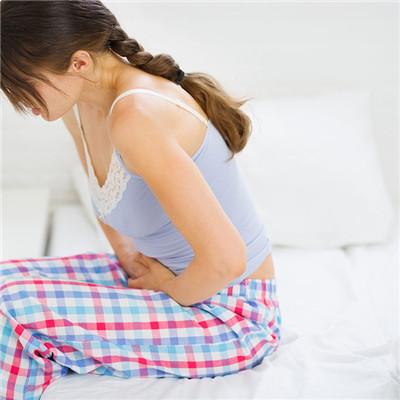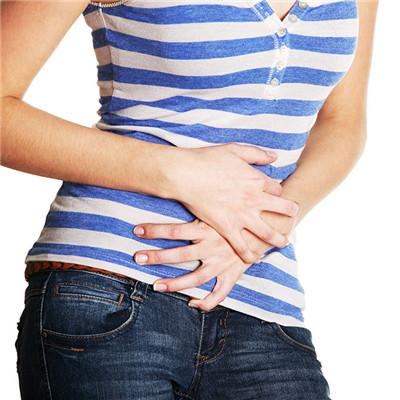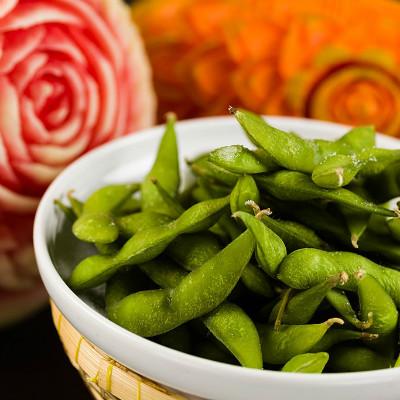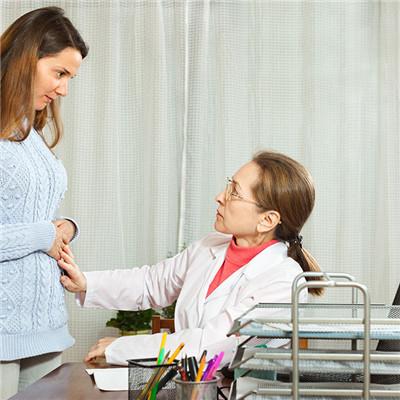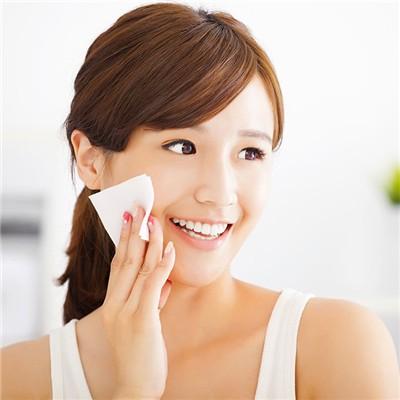How is tinea pedis picture?
summary
Tinea pedis refers to the fungal infection of the skin between the sole and toe. Incidence rate incidence rate is higher in the tropical and subtropical regions, city is higher than that in the countryside. The incidence rate of some long time occupation of rubber shoes is 80% or more. In addition, the high incidence rate of tinea pedis is also related to the anatomical characteristics of the foot, with abundant sweat glands and superficial sebaceous glands, which are beneficial to the growth of fungi. The thick cuticle of the sole of the foot provides abundant nutrition for the growth of fungi. In addition, some fungi can form special structures called arthrocytes in the dandruff, which can survive for a long time in the natural environment and have the ability to infect and cause diseases. How is tinea pedis picture? Let's talk about it.
How is tinea pedis picture?
(1) Sub blister: mostly occurs in summer, the symptoms are between the toes, the edge of the foot, plantar rice grain size, deep blisters, evacuation or group distribution, Pao thick wall, clear content, not easy to break. After a few days of drying and desquamation, they fused with each other to form multilocular blisters. After tearing off the wall, the honeycomb like base and bright red erosive surface could be seen, with severe itching.
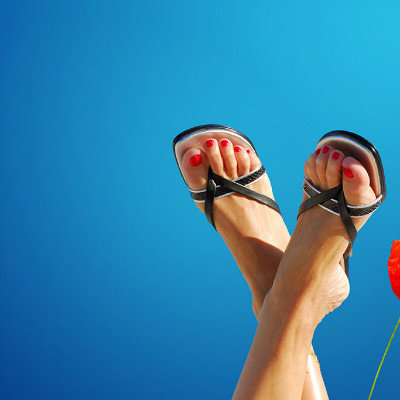
(2) Erosive: performance for local cuticle soft white. Because of the constant friction when walking, the epidermis fell off, exposing the bright red erosive surface; In severe cases, the skin can be involved in the interphalangeal suture, the junction of the toe abdomen and the sole of the foot, and the itching is severe, mostly in the 3.4.5 interphalangeal suture. It is commonly seen in hyperhidrosis.
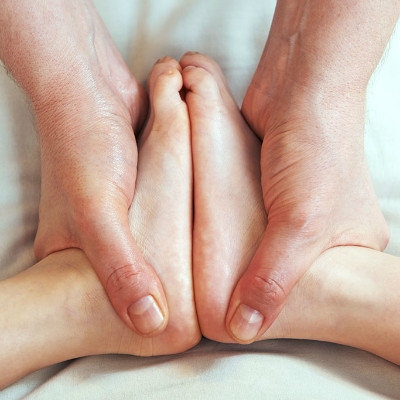
(3) Scaly keratosis: the symptoms are thickening, coarsening and desquamation of the sole, foot margin and heel. The scales are flaked or small, and fall off repeatedly. In winter, there are cracks in the skin between the toe seams. In summer, there are blisters and pain. It is often caused by scratching secondary infection, complicated with abscess, lymphangitis, lymphadenitis, cellulitis, erysipelas, sepsis and other diseases.
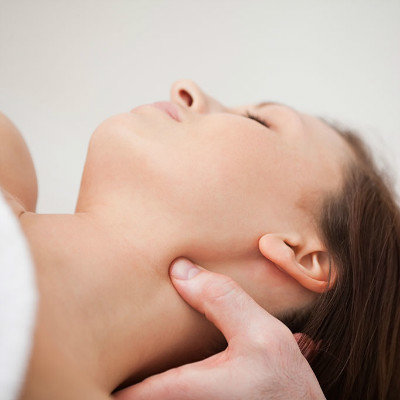
matters needing attention
1. Cleaning and drying of feet: wash feet with soap and wipe them dry. Wear sweaty cotton or cotton wool blended socks at work during the day, and try to wear shoes with good ventilation. Wash feet frequently, wash shoes and socks frequently, keep the ventilation and dryness in shoes. 2. Treatment of infection source: during the period of illness, after wearing cotton stockings, boil them with hot water for 15 minutes and then clean them. The insoles should be renewed. Do not scratch the skin of the affected area. After contacting, wash your hands to avoid infecting hands or other parts of the body.

